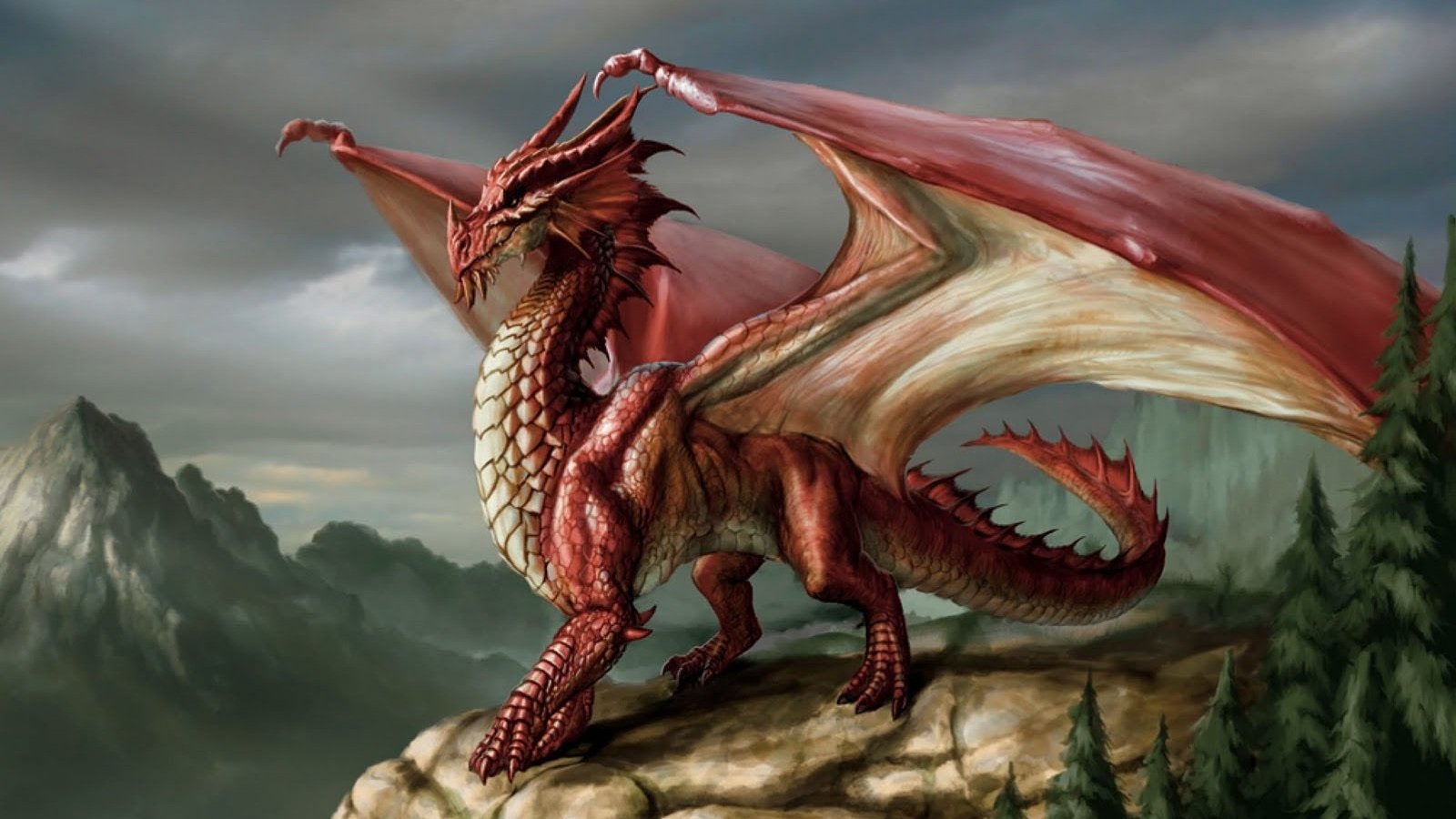Magic of Dragons
/Because all reptiles needed were wings and fire.
When thinking about dragons, the first thing that comes to mind is magic, treasure and myth. Great beasts that take to the skies spewing golden flames in majestic displays. But why do we find them so fascinating?
Dragons are basically giant lizards with wings. Yes, they can breathe fire, but humans can set fire to things too. Sure, they like shiny things, but so do my cats.
An interesting fact about dragons is that two different cultures developed their own versions of the creatures. The ones that are seen in stories where the knight saves the princess are very different from the ones more common in eastern cultures. Western dragons tend more towards the violent side.
I grew up on the dragons that were largely developed in western cultures. Western culture most commonly depicts dragons as a giant lizard-like creature with leathery wings, horns and the ability to breathe fire. As mentioned before, there are centuries of stories about a dragon keeping a princess locked away in a tower. Even modern tales like Shrek use the trope, if not always in a typical way.
In these stories, it is typical to see a knight in shining armour (literally) come to slay the dragon and rescue the princess. Ignoring all the gender roles in these tales, the connotation is that in order to defeat the dragon, you need to be strong.
Dragons are dangerous creatures. Even in the newer creative works that flip the script, this fact is acknowledged. If you watch the show Merlin, Arthur Pendragon’s family crest is of a dragon, and yet (slight spoiler) the last dragon is locked up beneath the castle as both a sign of the royal family’s strength and a way to ensure the kingdom is safe from its flame.
To defeat or control a dragon is to have power. A creature so volatile is bound to catch the interest of kings, knights and fantasy fans alike.
Another common theme in the tales of old is a dragon’s den. Usually held within a castle or a cave, the dragon’s den (not the tv show) is where the creature supposedly hoards all its treasure. An excellent example of this would be Smaug in The Hobbit.
I will admit that I haven’t read The Hobbit, just watched the movies, and for that I apologize. Be that as it may, the image of Smaug practically invisible where he’s settled in amongst his treasure is one I won’t soon forget.
These creatures are not real. The closest thing to a dragon that was found was a small lizard called a Draco Volans that has the ability to glide through the air. At the end of the day, I think people just love the idea of a creature that cannot truly be tamed. Dragons capture the reader’s imagination. We find them fascinating because there’s nothing more intriguing than a creature so versatile that it can be anything from the ultimate enemy to comic relief.
Emily-Rose Moskau
Emily-Rose is a student at Algonquin College. Her favourite genre to read and write is fantasy. In her free time she can be found surrounded by various creative projects, be it visual art, sewing, baking, or writing.





